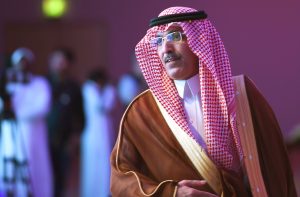São Paulo – Saudi Arabia’s fiscal deficit dropped from SAR 41.7 billion (USD 11.1 billion) in H1 2018 to SAR 5.7 billion (USD 1.5 billion) in H1 2019, state-run news outlet Saudi Press Agency (SPA) reported, quoting a report from Finance minister Mohammed Bin Abdullah Al-Jada’an this Tuesday (30).

SPA reported a 15% hike in total revenue, with expenditure going up less at 6%. The Finance minister said the results attest to the efficacy of financial and structural reforms being rolled out by the government, including diversifying revenue sources through initiatives designed to increase non-oil revenue.
He also mentioned “reforms of the development of public financial management to raise the efficiency and effectiveness of spending,” including a recently approved Government Procurement Law. According to minister Al-Jada’an, the results also reflect “progress in executing development projects according to the Saudi Vision 2030,” a development plan designed to achieve new growth levels.
The report shows non-oil revenue going up 14.4% and oil revenue climbing 15%. Revenues from the Value-Added Tax (VAT) put in place in early 2018 also went up. On the expenditure side, spending on social benefits and employee compensation climbed 3%. “Subsidies were more than doubled as a result of the implementation of the private sector stimulus plan, led by the Consolidated Bill of Support for Small and Medium Enterprises,” the minister reported.
Q2 2019 revenues came out to SAR 260.7 billion, or USD 69.4 billion at current exchange rates, while spending hit SAR 294.2 billion (USD 78.4 billion). The resulting fiscal deficit was SAR 33.52 billion (USD 8.9 billion).
Translated by Gabriel Pomerancblum




